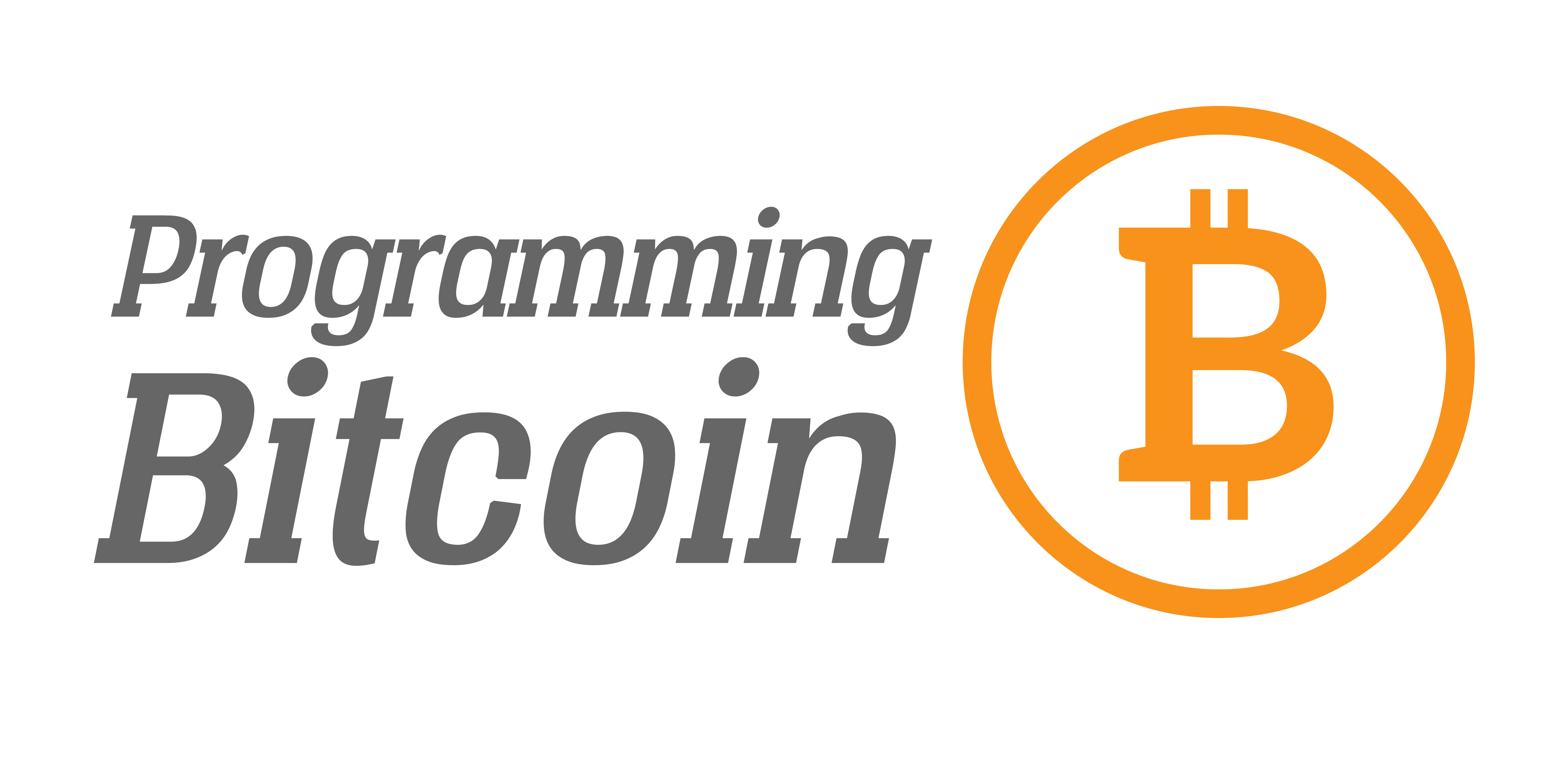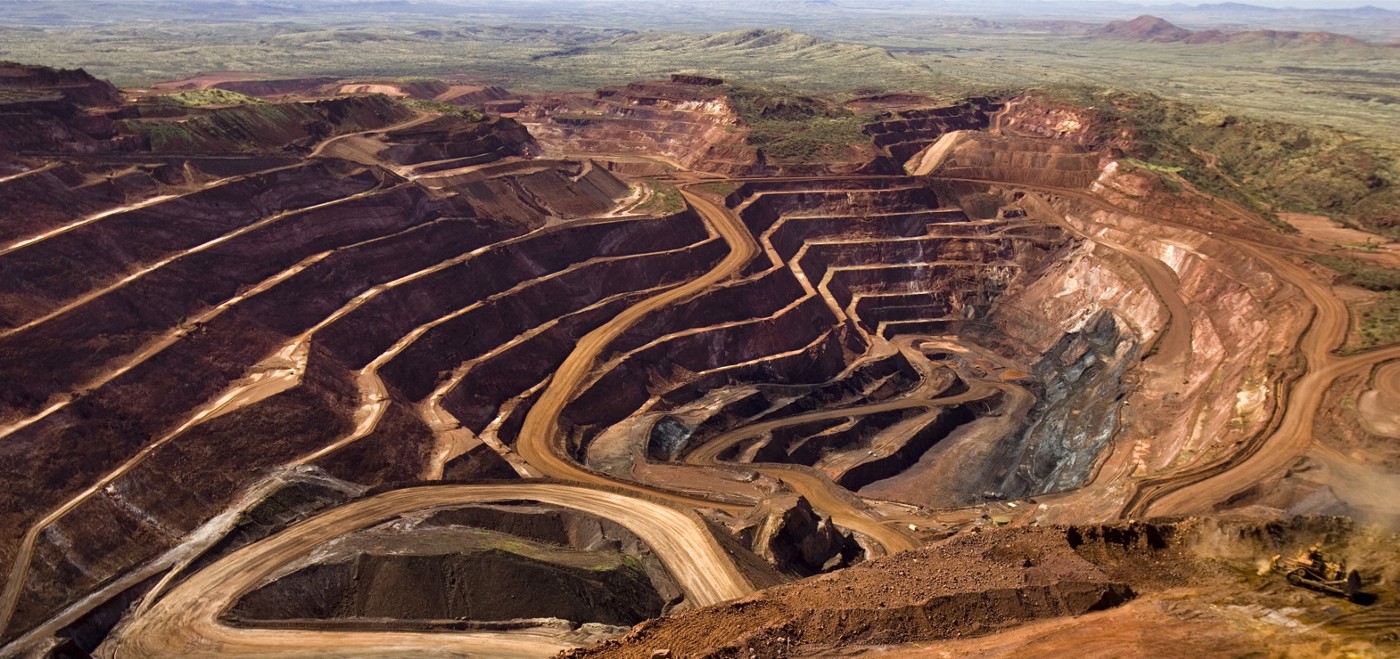Mining BTC/BCH: Past, Present and Future
Many miners are clearly moving back and forth between Bitcoin and Bitcoin Cash in an attempt to maximize profits. What’s going on and why is this happening? In this article, I examine what miners have been doing on each chain and what their motivations might be.

Mining Bitcoin
Miners are getting about 14 BTC every 8–15 minutes on Bitcoin. This includes the 12.5 BTC mining reward and roughly 1.5 BTC in fees in a normal, full block. Before Bitcoin Cash, there really weren’t any viable alternative SHA256 coins to mine.
Yes, there are random altcoins that have slightly higher profitability, but all of these coins are thinly traded and have very low liquidity. For a miner, mining low-liquidity coins would be very risky as they would mine the daily, or even weekly volume of these coins in a very short amount of time. Selling low-liquidity coins can be a big problem as the act of selling generally will cause the price to go down, sometimes significantly, causing profitability to suffer.
As a result, the big miners generally don’t touch the low-liquidity coins.
Miner Profitability
Besides liquidity, miners have two major variables that they need to calculate in order to measure which coin is more profitable. Specifically, profitability for a miner has two components: price and difficulty. Since BTC and BCH have the same proof-of-work function, as long as we know the relative price and relative difficulty, profitability is really easy to calculate.
Profitability on BCH = Relative Price / Relative Difficulty
That is if 1 BCH = 0.13 BTC and BCH is 10% of the difficulty of BTC,
Profitability = 0.13/0.1 = 1.3 => BCH is 30% more profitable than BTC.
Anything over 1 means BCH is more profitable to mine, though to be fair, this doesn’t take into account transaction fees.
The higher the price, the higher the profitability. The higher the difficulty, the lower the profitability.
Bitcoin Cash
When Bitcoin Cash entered the scene on August 1, the difficulty was exactly the same as it was on Bitcoin. As BCH is a hard fork of BTC, BCH inherited most of the properties of BTC, including the very high difficulty. Since BCH was trading at such a low value relative to Bitcoin (as low as 0.06 BTC at one point), this made mining BCH unprofitable.
However, the one advantage BCH has over other SHA256 altcoins is that it is very liquid. Unlike the low liquidity SHA256 altcoins, there is a very large market of buyers for BCH. In other words, there are a lot of traders and ideological supporters that continue to buy BCH.
Economically, profitability was the reason miners weren’t mining BCH during the early stages of its existence, not liquidity.
Difficulty Adjustments
The Bitcoin network has a difficulty adjustment rule to handle changes in hashing power on the network. Every 2016 blocks, the network figures out how long the past 2016 blocks took and figures out the difficulty that would make the next 2016 blocks take about 14 days, assuming the same amount of hashing power. If a lot of miners left the network in the previous 2016 blocks, difficulty gets easier (at most by -75%). If a lot of miners joined the network in the previous 2016 blocks, difficulty gets harder (at most by +300%). We call this the Normal Difficulty Adjustment (NDA) rule. Bitcoin Cash inherited this rule as part of the hard fork.
Anticipating the profitability being very low relative to Bitcoin, the BCH developers put in an additional Difficulty Adjustment rule. This rule is called the Emergency Difficulty Adjustment (EDA) rule.
The idea behind the EDA is that if there’s a low hash rate, the network would adjust the difficulty downward so that BCH would become more attractive to mine. The details of the rule are in this article, but the idea is pretty simple. The difficulty adjustments are only in one direction in the EDA rule (that is, easier), and execute relatively fast (about 12–18 hours if blocks are being found slowly).
This indeed happened and caused the BCH difficulty to drop precipitously and soon became more profitable to mine. Combined with the triggering of the NDA rule soon after, BCH became more profitable to mine than BTC on August 18.
Really Easy Blocks
Following the profitability increase, miners started to mine BCH. The combination of low difficulty and high profitability meant that blocks were found really fast. At one point, 24 blocks were found in just 24 minutes.
2016 blocks were found in the span of 3 days. Normally 2016 blocks are supposed to take 14 days, so this was about 5x faster. This triggered the NDA rule and made BCH 4x harder to mine (that is, difficulty quadrupled, which is the maximum change in an NDA). This again made BCH less profitable to mine than BTC.
Since BTC was once again more profitable to mine, a lot of mining pools switched back to mining BTC. As a result, BCH had very slow blocks, at one point with only 2 blocks found in a 10 hour period.
This again triggered the EDA rule and made BCH more profitable to mine. And once again, miners switched to BCH, found blocks really quickly and mined until the NDA rule triggered 2016 blocks later.
Steady State
We’ve now seen a few cycles that can be described this way:
- Miners are mostly on BTC. BCH blocks are very slow (~4 hrs). BTC blocks are normal (~10 min). BCH is much less profitable than BTC to mine.
- The EDA triggers multiple times on BCH until BCH is more profitable to mine than BTC.
- A lot of miners (40%+) switch from BTC to BCH.
- BCH blocks are very fast (<2 min). BCH is more profitable than BTC to mine. BTC blocks are a little slower (~15 min).
- BCH soon has the NDA rule triggered which makes BCH much more difficult to mine than before.
- BCH is once again much less profitable than BTC to mine.
- Miners switch back to BTC. Go back to step 1.
Right now, only about 40–50% of miners seem to be “profit chasing” and moving back and forth between BTC and BCH. There seems to be a permanent 40–50% on BTC and about 0-5% on BCH.
This oscillation can go on for a long time so let’s look what each side’s motivations might be.
Labeling The Groups
We’ll call the 40–50% that are switching based on profitability as “Profit Chasers”. We’ll call the 40–50% that seem to be steady on BTC as “BTC-only Miners” and the 0-5% that seem to be steady on BCH as “BCH-only Miners”.
Profit Chaser Strategy
The Profit Chaser strategy is pretty easy to understand. They want to maximize the profit of the investment they put in so they switch back and forth based purely on which coin is more profitable.
The main benefit, of course, is that the miners in this group get to maximize their returns. Every bit of hash power is maximized in terms of profit. The behavior suggests that they are cashing out the BTC and/or BCH right away but are likely not holding both long term.
The main drawback is that this group is very easy to manipulate. Difficulty changes on either coin make them move accordingly. As price of each coin is a major component to calculating profit, they are susceptible to price manipulations as well.
There may be a lot of different motivations for people in this group. They may simply be running pools where they want maximum profit and hope to draw lots of individual miners to join and decrease variance. They may want to pay off their expensive mining equipment. They may want to create bigger momentum swings between the two chains so they can inflate both chains quicker.
BTC-Only Miners
This group consists of about 40–50% of all miners currently.
The main benefit of being in this group is the BTC blocks are found at a more steady rate. This causes the BTC network to be more consistent. The reason BTC blocks don’t fluctuate nearly as much as BCH is because there are so many in this group. If miners in this group were to become Profit Chasers, BTC would slow to a crawl for 1–2 days at a time.
The main drawback is that this group isn’t making as much profit as they could be.
There are many reasons for miners to be in this group. First, they may want steadier blocks so that Bitcoin can have be a more stable network. Second, they may want to be in the Profit Chasers group, but haven’t upgraded yet. Third, they may not believe BCH to be liquid enough and don’t want to risk mining coins they can’t easily sell.
BCH-Only Miners
There really aren’t many miners in this group and they represent a tiny fraction of the overall SHA256 hash power.
Like the BTC-Only Miners, the BCH-Only Miners steady the BCH network. The reason BCH blocks fluctuate so much is precisely because there aren’t many miners in this group.
The main drawback is that this group is taking a larger risk. Not only is liquidity less in BCH than BTC, but this is the group that is finding blocks when it’s difficult, cutting into profits.
The first reason for a miner to be in this group would be ideological. They may want BCH to survive and if no one mines during the less profitable times, BCH would cease to exist. Another reason would be because having two chains to mine makes profits go up enough that losing some profit by mining such slow blocks on BCH is worthwhile.
Conclusion
This BTC/BCH battle is turning out to be cyclic. We may be stuck in this loop for a while, at least until price and/or liquidity on one coin or the other drops precipitously. What’s more, should 2x create yet another coin, we may be in for an even crazier cycle and hash power may splinter even more than it has.
What we can say for certain is that miners have a variety of motivations and a straightforward short-term economic analysis is inadequate to describe them. Miners will play a major role going forward and their behavior now will affect price and stability for both coins.
Want to get curated Technical Bitcoin News? Sign up for the Bitcoin Tech Talk newsletter!


Comments are closed